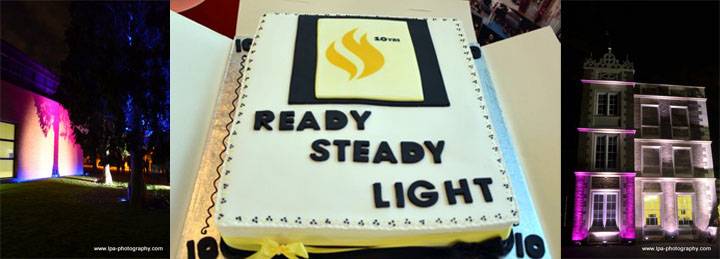January 9, 2013
Seeing stars, new guidance on reducing obtrusive lighting
 The Society of Light and Lighting (SLL) part of the Chartered Institution of Building Services Engineers (CIBSE) has published its new SLL Guide to Limiting Obtrusive Light, which looks at ways of controlling obtrusive light and the design implications for the planning, design and specification of exterior lighting schemes.
The Society of Light and Lighting (SLL) part of the Chartered Institution of Building Services Engineers (CIBSE) has published its new SLL Guide to Limiting Obtrusive Light, which looks at ways of controlling obtrusive light and the design implications for the planning, design and specification of exterior lighting schemes.
While outdoor lighting is important for people’s work, safety and leisure, it can cause issues of sky glow, light trespass or glare. Obtrusive light can affect health if sleep is disturbed, and affect the visibility of the stars and the behaviour of flora and fauna.
SLL’s Factfile 7: Design and Assessment of Exterior Lighting Schemes provides a structure to assist with assessing whether outdoor lighting is necessary. And if outdoor lighting is needed, how much light is required? The greater the amount of light used, the greater the risk that obtrusive light occurs.
This outcome has critical implications for planning, design and specification of exterior lighting schemes. The new SLL Guide provides further insight into the factors and considerations around obtrusive lighting within each of these responsibilities.
Controlling obtrusive light requires careful design. The new SLL Guide offers simple processes for developing a lighting design for a new installation and for assessing existing designs where there have been complaints of obtrusive light. In addition it offers some solutions to applications where obtrusive light is common but could be reduced easily.
Both the new SLL Guide and Factfile 7 aim to encourage the use of a balanced approach to achieve a high quality lit environment that all can enjoy and benefit from.
The Guide is available from the CIBSE Knowledge Portal.













